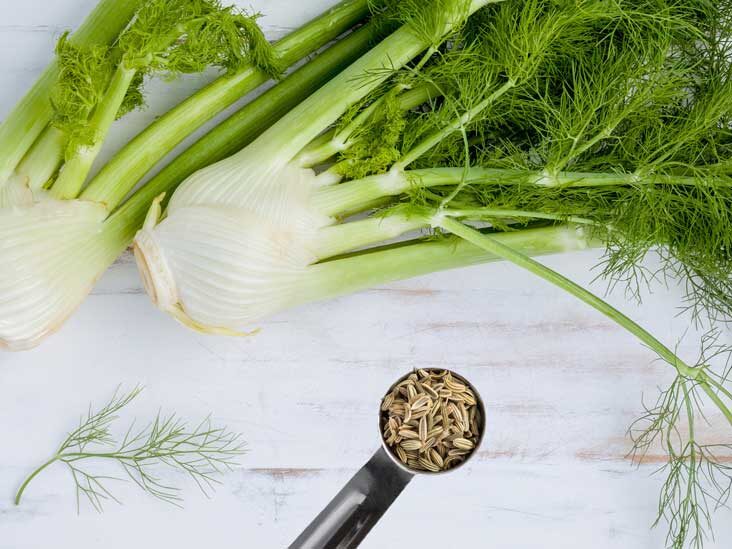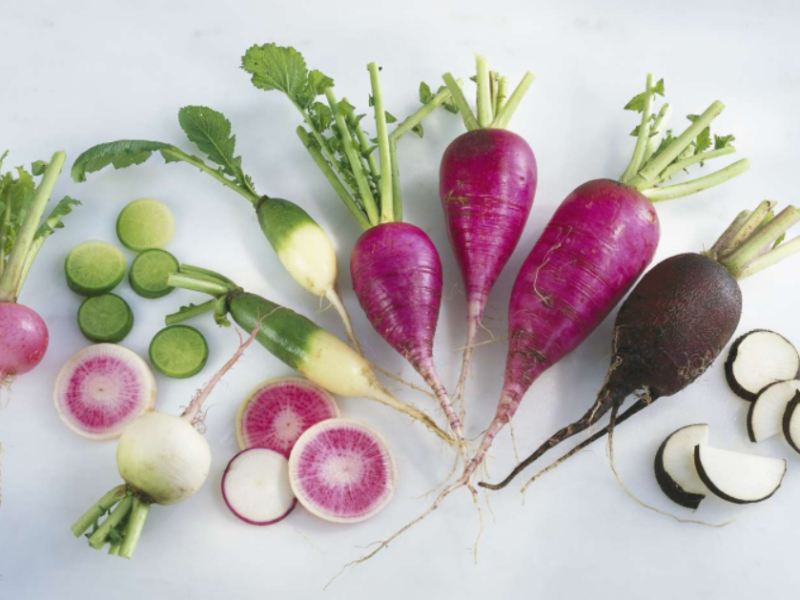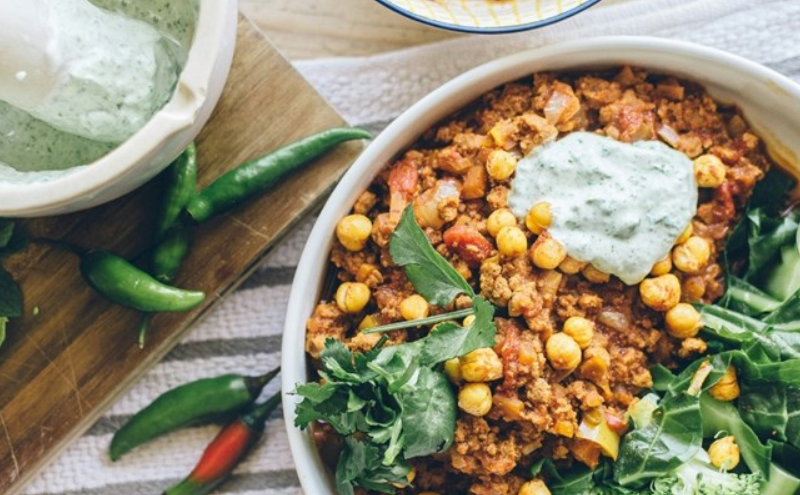Typically, people grow annual plants. Each winter, these plants die, and they must be planted again the following spring. Perennials, however, return year after year. We’ve compiled a list of the tastiest perennials you may cultivate in your own garden in this article:
All of these plants are perennials, but not all places allow them to thrive that way. Depending on the region in which you reside. Before making a purchase, always make sure it is compatible with the location where you will be using it.
1. Lemon
Tropical and subtropical climates are ideal for the growth of lemon and other citrus trees. Citrus trees that are sour, like lemons, do not require high temperatures, so you may plant them even in cool coastal areas. Sweet citruses demand a warmer climate.
In the spring, plant your lemon tree. Planting a tree in the spring allows it to get established before winter, which could stunt its growth. Keep the lemon tree in a sunny area with good drainage. Use a citrus tree fertilizer that is enhanced with nitrogen during the first year, fertilizing it once a month from spring through summer.
2. Garlic and onion
Garlic and onions endure even the harshest winters. In the fall, plant garlic and onion cloves. In the spring, enjoy seeing the green shoots emerge from the ground. Every year, leave a handful of these. They will blossom, self-seed, and divide their own bulbs. It will supply the crop for the following year.
3. Avocado
Tropical humid and semi-humid regions are home to the avocado tree. It thrives in environments with relatively warm temperatures (60-85F) and humidity levels.
Once it becomes sturdy, the tree can withstand temperatures as low as 32 to 28F without suffering significant damage. If you choose to buy a tree, you can anticipate your first crop of fruit 3–4 years after you plant it. It could take up to 13 years to bear fruit if you cultivate an avocado tree from a seed.
Long-lived avocado trees produce fruit. The first Hass tree, planted in 1926, is still flourishing and bearing fruit. In Mexico, there are some untamed trees that are more than 400 years old and still bear fruit.
An avocado tree can give about 200 fruits once it is 5 years old. But, the tree will not give the same amount of fruits every year — one year it may give a larger crop, and the next year you may get a lot smaller crop.
4. Radicchio
Red chicory, often known as radicchio, provides your backyard garden a lovely color. Additionally, it makes your food look brighter. It is widely employed in Italy. Radicchio grows well in the spring and fall when the weather is cooler. When the soil can be worked in the early spring, plant some radicchio.
If you opt to grow a crop in the fall, plant it in the ground in the middle of the summer in some colder regions and in the early fall in regions with milder winters. The optimal conditions for growing red chicory are full sun exposure and mild temperatures. The plant benefits from the afternoon shade on hot days. Plants that have grown well can withstand the cold.
Find out more about: Castor Oil is Great For Thickening And Regrowing Hair, Eyelashes and Eyebrows
5. Strawberries
In contrast to strawberries sold in supermarkets, which are plucked immature, strawberries grown in a home garden have a rich and aromatic flavor.
Winter strawberry wilting occurs before spring strawberry growth. Some varieties of strawberries generate numerous runners with baby plants at the tips after bearing the first fruits (strawberries mature the earliest in Florida in February and the latest in the North in June). Typically, the runners continue to be linked to the mother plant and establish neighboring roots. If some of the runners are cut off, you will obtain additional fruits.
6. Artichoke
Globe An heirloom perennial vegetable is the artichoke. It is cultivated for its delicate and palatable flower buds. Up to 6 feet can be covered by an artichoke. It can grow anywhere in the US, with the exception of Florida and Texas in the south where the summers are too hot. In regions with moderate winters and cold, moist summers, artichokes thrive.
If your local climate falls below Zone 8, you might want to start new plants every year. Artichokes are perennial plants that grow in warm climates.
7. Fennel
This perennial plant produces thick bulbs and fragrant seeds, just like celery. Eat the bulb like a vegetable and season your food with the seeds. Mediterranean cuisine frequently includes fennel bulb as an element. Fennel bulbs can be roasted or grilled, or they can be used raw to salads.
Between growth zones 5 and 10, fennel can withstand cold conditions. Always grow the Florence fennel in case you require the bulb.
8. Asparagus
The first signs of spring are the asparagus shoots. Along with other perennial plants like tulips and crocus, they protrude from the ground.
Since asparagus is a perennial, it can thrive in your garden year after year. You shouldn’t harvest any asparagus at all the first year, and you should leave a lot of asparagus shoots unharvested each year so they can flower and develop into the following year’s harvest. The plants will continue to grow for a long time—sometimes even 30.
Asparagus grows great in all areas, except for the warmest parts, Zones 8 and higher. Warmer zones have milder winters, and in these areas the plants do not go fully dormant. The plants do not get enough strength and eventually decline.
9. Sweet Potatoes
These plants spread so rapidly that even if you drop one by mistake, it will continue to grow. Of course, only in warm, moist ground. Sweet potatoes should be planted 12 to 18 inches apart. To give the vines enough room, space the rows about 3 feet apart.
10. Rhubarb
In the early spring, rhubarb stems will be seen. The sour and vibrant stems are frequently used as an ingredient in jams and pies, and they can even be combined with strawberries that have been sweated.
Oxalic acid is abundant in plant leaves, hence you shouldn’t eat them. Remove the leaves before gathering the stems and adding them to the compost bin.
In regions where the ground typically freezes in the winter, this plant thrives. Long cooling times are necessary for rhubarb, and temperatures should be below 40 degrees. Zone 7 is the furthest south it can grow.
After reading this text you can also read about: Green Potato: Are Very Dangerous For Health, Strictly Avoid This!




